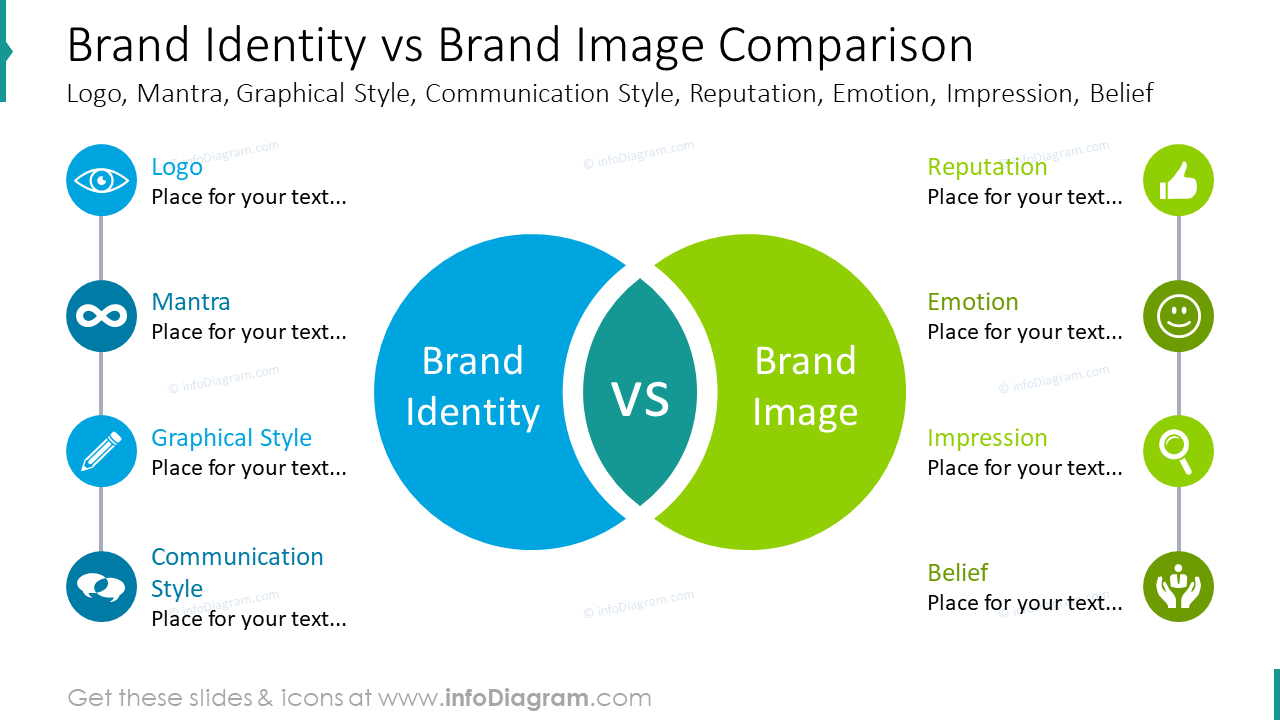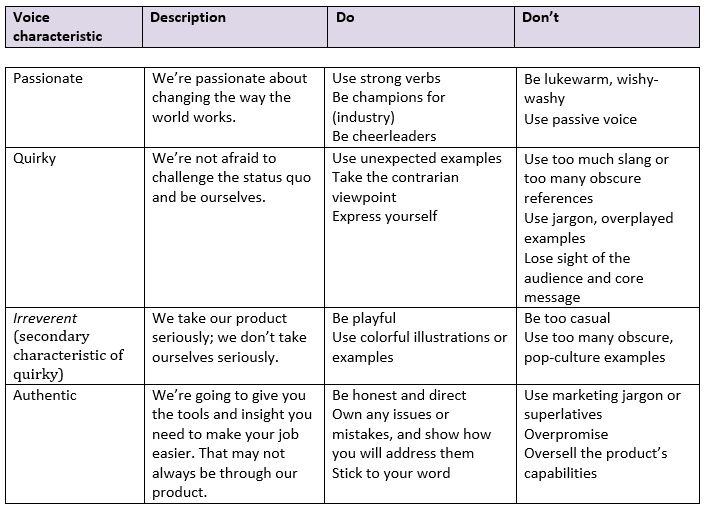Brand Identity vs. Brand Image: Understanding the Difference
In the world of marketing and branding, two terms that are often used interchangeably but have distinct meanings are brand identity and brand image. Understanding the difference between these two concepts is crucial for businesses looking to build a strong and recognizable brand in the tech niche.
What is Brand Identity?
Brand identity refers to the visual elements that represent a brand, such as logos, colors, typography, and imagery. These elements help to convey the core values and personality of a brand, and they serve as a visual shorthand for consumers to recognize and remember the brand. A company’s brand identity is often expressed through its website, packaging, advertising, and other marketing materials.
Developing a strong brand identity is essential for tech companies looking to establish a clear and consistent image in the market. A well-designed logo and cohesive visual elements help to differentiate a brand from its competitors and build recognition among consumers.
What is Brand Image?
Brand image, on the other hand, refers to how consumers perceive a brand based on their interactions and experiences with it. It encompasses not only the visual elements of a brand but also its reputation, customer service, and overall messaging. A brand’s image is shaped by how consumers perceive its quality, reliability, and relevance to their needs.
Building a positive brand image is crucial for tech companies to attract and retain customers. A strong brand image can help to build trust and loyalty among consumers, leading to increased sales and market share. On the other hand, a poor brand image can damage a company’s reputation and drive customers away.
The Relationship Between Brand Identity and Brand Image
While brand identity and brand image are distinct concepts, they are closely interconnected. A company’s brand identity serves as the foundation for its brand image, providing the visual cues and messaging that consumers use to form their perceptions of the brand.
It is important for tech companies to ensure that there is consistency between their brand identity and brand image. If there is a disconnect between how a brand presents itself visually and how it is perceived by consumers, it can lead to confusion and erode trust in the brand.
Building a Strong Brand in the Tech Niche
For tech companies looking to build a strong and recognizable brand, it is essential to pay attention to both brand identity and brand image. By developing a clear and cohesive brand identity that accurately represents the company‘s values and personality, and by consistently delivering on its promises and providing exceptional customer experiences, a tech company can build a positive brand image that resonates with consumers.
By understanding the difference between brand identity and brand image, and by taking a strategic approach to building and managing both, tech companies can differentiate themselves in a crowded market and build a loyal customer base that will support their growth and success for years to come.
Conclusion
Brand identity and brand image are two key components of building a strong and recognizable brand in the tech niche. By developing a clear and cohesive brand identity and ensuring consistency between brand identity and brand image, tech companies can build trust and loyalty among consumers and differentiate themselves from their competitors.
By understanding the difference between brand identity and brand image, and by taking a strategic approach to building and managing both, tech companies can establish a strong brand that resonates with consumers and drives long-term success in the market.


